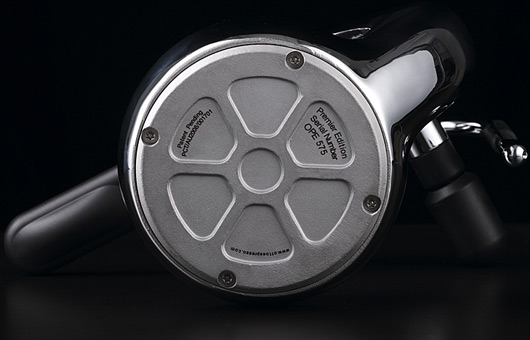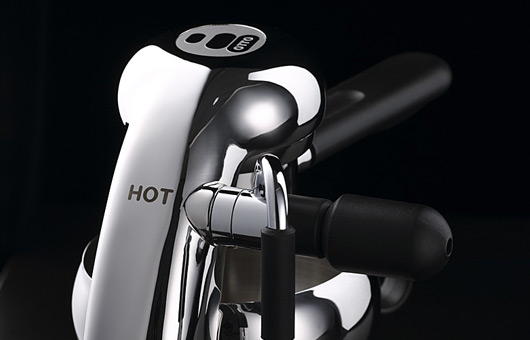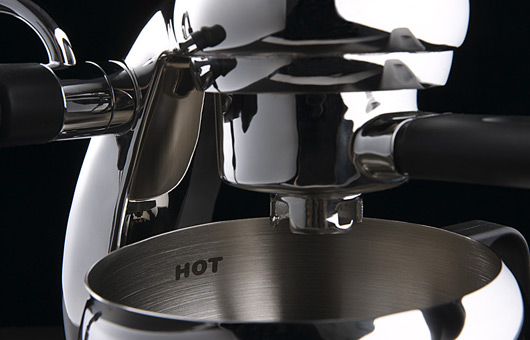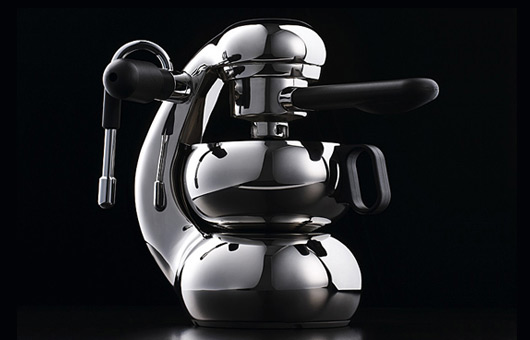The daily cup of coffee has become so entrenched in some people’s lives, and time so valuable, that we’ve seen the emergence of coffee machines that take no time at all, with no mess, no fuss and – some would argue – no soul.
This is where OTTO Espresso steps in. The brainchild of Craig Hiron and designed by Sydney’s Tiller Design, this “little guy” is as far from ‘instant’ coffee as you can get.
OTTO’s closest comparison would be an old-fashioned stovetop percolator – but it is so much more, being the first stovetop maker to extract an espresso shot. "This is not stovetop coffee as people know it," Hiron explains. "This style of coffee can not be made on any other stovetop maker in the world. The coffee, shot and milk texture, is akin to that made in cafés today."
Until you’ve held the OTTO in your hands it’s hard to appreciate its quality – it feels like those appliances your Mum had that still work today; sturdy, reliable.
“It’s for people who’ll spend ten minutes striving towards two perfect cups of coffee,” says Hiron.
A great deal of research and development has gone into making OTTO as simple and effective as possible, using heat to create pressure, allowing the water to slowly penetrate the coffee, delivering a perfect crema.
OTTO includes a milk-frothing wand that provides the same pressure (if not better) as a full coffee machine, and its body is made from solid, cast stainless steel – which takes one person a whole day to hand-polish.
The slow food movement has taught us that the best food often takes time: OTTO shows that the true satisfaction in a great cup of coffee comes as much from the process as the end result.
You can buy the OTTO online here, but for the full experience you can visit one of the select coffee roasters and design stores.
OTTO Espresso
ottoespresso.com
Following all the comments on this article Craig Hiron from OTTO hasmade the following statement regarding the original Atomic Coffee machine:
Thank you for the comments.
I have owned and loved my Atomic for well over 10 years. Giordano Robbiati’s invention is a timeless icon that makes great coffee, and is rightly followed with passion and loyalty. The videos on my website will attest to my own passion and loyalty for the Atomic.
OTTO is an evolution of the Atomic, definitely not identical. The aesthetic is an intended parallel.
Scores of qualified people have worked tirelessly for years to create and house this technology within it’s form, hence the international patent and the design award. The coffee extracted will evidence this point.
Again, thanks for the comments and please know that I’m very happy to help with any arising questions.
Craig Hiron Founder of OTTO






